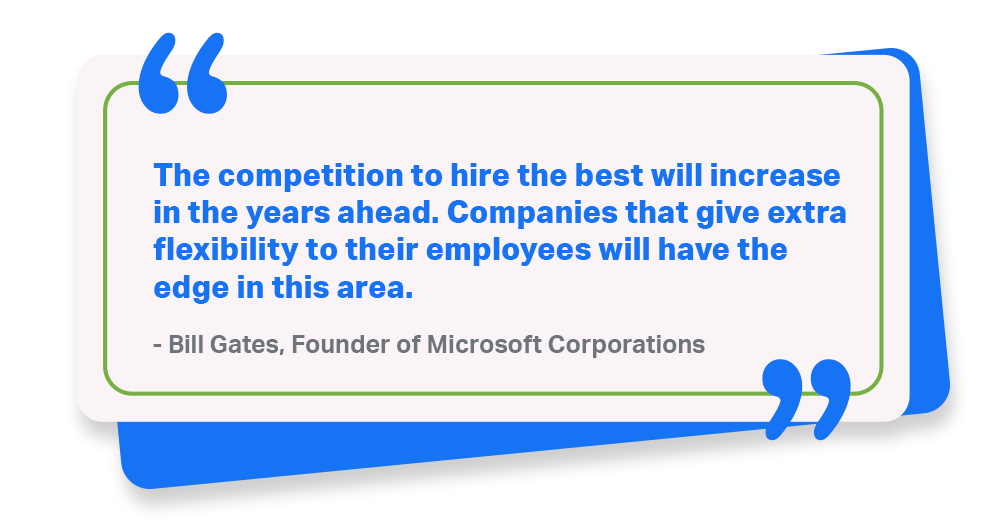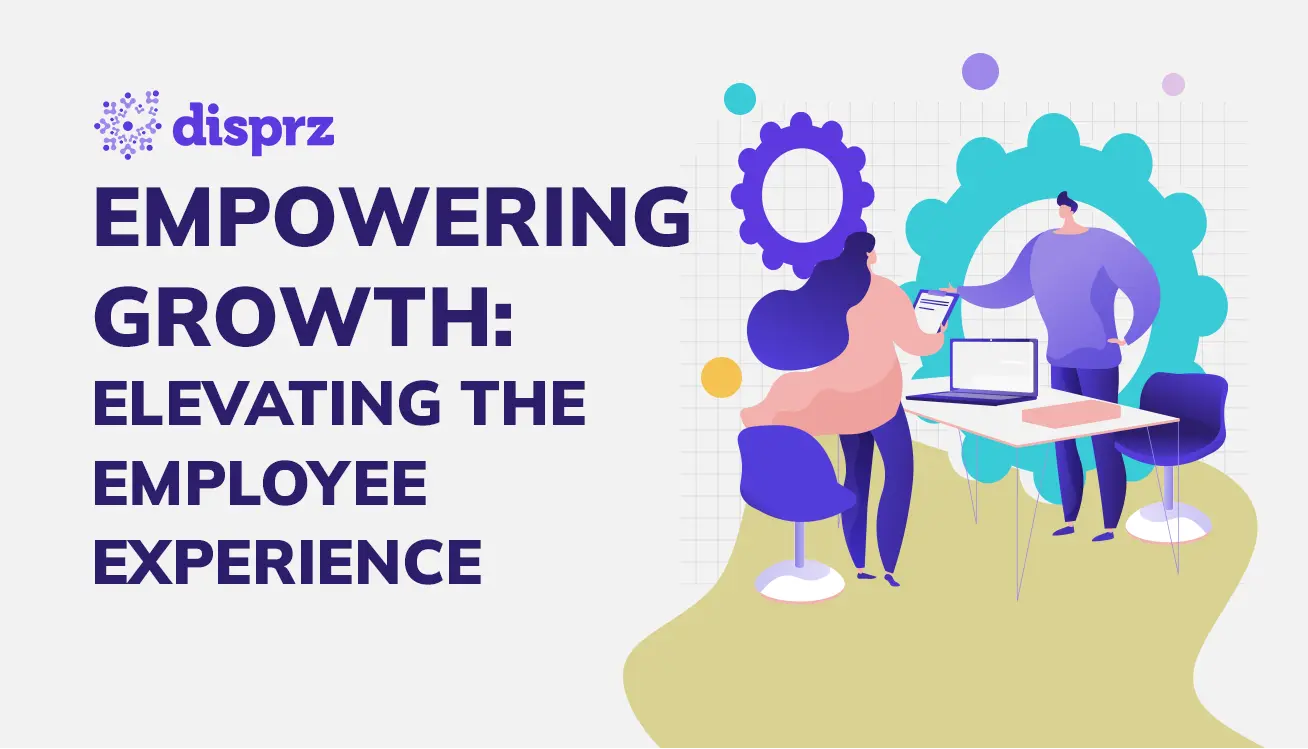-
Outcomes
Latest Blog Posts
 Essential Strategies for L&D Teams in Today’s Workplace by Cultivating Diversity and Inclusion
Essential Strategies for L&D Teams in Today’s Workplace by Cultivating Diversity and Inclusion -
Products
ProductsLatest Blog Posts
 Essential Strategies for L&D Teams in Today’s Workplace by Cultivating Diversity and Inclusion
Essential Strategies for L&D Teams in Today’s Workplace by Cultivating Diversity and Inclusion -
Customers
Latest Blog Posts
 Essential Strategies for L&D Teams in Today’s Workplace by Cultivating Diversity and Inclusion
Essential Strategies for L&D Teams in Today’s Workplace by Cultivating Diversity and Inclusion -
Resources
Latest Blog Posts
 Essential Strategies for L&D Teams in Today’s Workplace by Cultivating Diversity and Inclusion
Essential Strategies for L&D Teams in Today’s Workplace by Cultivating Diversity and Inclusion -
Company
Latest Blog Posts
 Essential Strategies for L&D Teams in Today’s Workplace by Cultivating Diversity and Inclusion
Essential Strategies for L&D Teams in Today’s Workplace by Cultivating Diversity and Inclusion

6 min read
• 26 Mar 2024
Internal Mobility: 4 Effective Ways To Support it With Upskilling
Drive internal mobility and boost employee growth within your organization by offering employees opportunities to upskill and expand their capabilities
-
eBookEmployee Upskilling - A Detailed Blueprint For Building A Skills-Driven Learning Culture
With the surging attrition worldwide, providing internal mobility to employees has become the need of the hour. The cost of replacing an individual employee can range from one-half to two times the employee’s salary. That means losing a proficient employee with an annual salary of $80,000 can cost the organization as much as $160,000.
Companies around the world are focusing on retaining their top talent by offering opportunities for employees to move vertically or horizontally within the organization. For example, Infosys reimagined career mobility to help employees shift their careers onto new tracks. This increased the number of promotions for the workforce and helped to control high attrition levels

The Importance Of Internal Mobility
Facilitating a positive culture of internal mobility by adding more skills to employee repertoire can help companies unlock agility and innovation without hiring new employees. This cost-effective approach can help save time, money, and resources.
Research by CNBC found that 94% of workers said they’d stay at a company longer if their employers invested in their careers. This proves that providing growth opportunities through internal mobility can not only help elevate employee careers, but can boost retention.
Employees feel valued when a company shows interest in their growth. They become more meticulous about achieving the company’s objectives, put in more effort to deliver the best outcomes and stay much longer in a company.
4 Ways To Support Internal Mobility With Upskilling
Upskilling and internal mobility go hand in hand. With a skill-focused upskilling approach, you can tap into talent within your company, providing opportunities for employees to develop proactively to manage new responsibilities efficiently. Don’t have an upskilling strategy in place? Here are four ways leveraging upskilling will support your internal mobility initiative.

1. Create a skill inventory for each role
A skill inventory is a comprehensive database that provides a point-in-time view of skills for every role within the organization. It helps a company build a solid internal mobility strategy by determining which skills are needed now and in the future.
To create a skill inventory, create a centralized repository of skills based on industry standards and trends, and map it to every role. This will help create a career ladder for vertical growth or a framework for a lateral move within the organization. Moreover, a broad overview of skills will help employees decide which path they want to take for career advancement.
2. Measure employee capabilities
With the help of the skill inventory, evaluate the employee’s current skill level to determine the right role for the employee. It is crucial to ensure the employees have the competencies for the role. So, conduct objective and subjective assessments to identify skill gaps and determine if the employees can take on the new responsibilities.
3. Create department-focused skilling journeys
Once you identify the capabilities of each employee, you need to create a career progression roadmap for each department. Set goals for each team, and give them clear direction on what they need to do to achieve them. It’s also important to determine how employees can continue gaining internal mobility within each department as they take on new responsibilities.
4. Foster a continuous learning culture
Provide on-the-job training to empower employees to practice continuous upskilling, ensuring they have opportunities to earn a promotion or switch to a different role as they develop. Constantly measure the effectiveness of your learning and development programs and take real-time actions to enhance them regularly.
Don’t forget to monitor employees’ performance and give timely feedback to ensure they are on the right track. Also, be sure to share success stories of how upskilling helped other employees achieve internal mobility. These are very effective ways to keep your employees engaged in career development.
Upskilling technology to enhance your internal mobility strategy
With the right technology, you can easily drive a skill-driven culture to make career advancement seamless. Upskilling technology, like the Disprz Learning Experience Platform(LXP), can support internal mobility and ease the process of creating skilling pathways. This solution complements your internal mobility strategy to bring the best out of your existing workforce and assess employees at the most granular level.
Upskilling technology enables you to:
- Identify mobility trends within the organization
- Garner insights on horizontal and vertical career paths tailored to the employee’s current role
- Conduct role-based skilling for different departments
- Map skills to opportunities
- Create interactive learning and development programs with varied modules
- Evaluate current capabilities and skill gaps through a wide array of assessments
- Provide visibility into upskilling needs for different roles
- Build personalized skilling pathways
- Automate recommendations for continuous skill development
- Slice and dice learning insights to monitor learning behaviors, and skilling progress
See a preview to explore how the Disprz LXP platform can support your internal mobility strategy and help nurture a continuous culture of learning and development.

About the author

Debashree Patnaik
Debashree is a seasoned content strategist at Disprz.ai, specializing in enterprise learning and skilling. With diverse experience in B2B and B2C sectors, including ed tech, she leads the creation of our Purple papers, driving thought leadership. Her focus on generative AI, skilling, and learning reflects her commitment to innovation. With over 6 years of content management expertise, Debashree holds a degree in Aeronautical Engineering and seamlessly combines technical knowledge with compelling storytelling to inspire change and drive engagement.
More Resources
4 min read
• 15 Apr 2024
Unlocking the Power of Managerial Engagement in Talent Development
4 min read
• 09 Apr 2024
Nurturing Excellence in Building Leadership Pipelines
4 min read
• 09 Apr 2024
Improving “Employee Experience” For Organizational Growth
Sign up to get free resources and stay up to date with Disprz!
Discover how Disprz can align learning and upskilling with your desired business outcomes.




